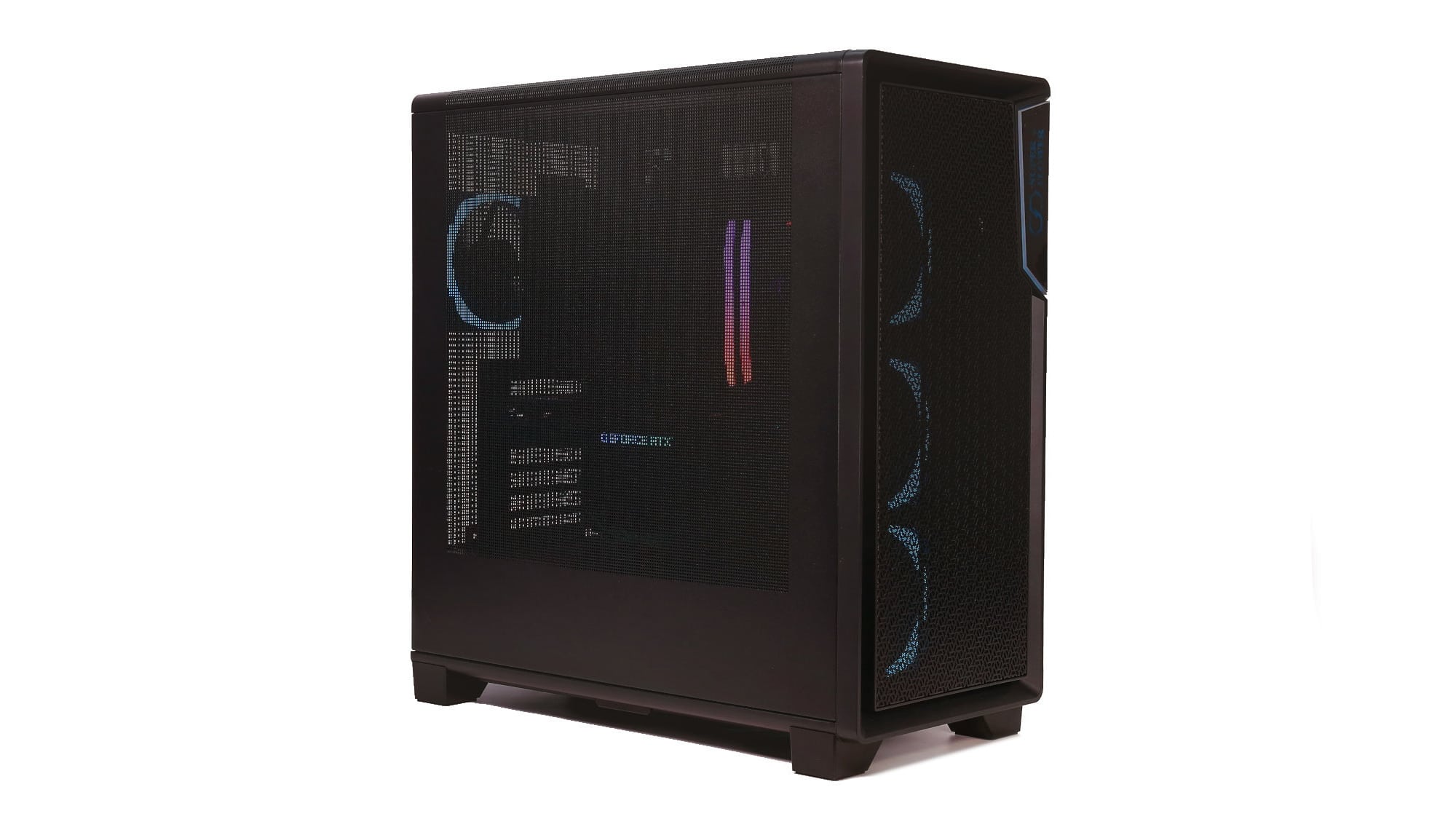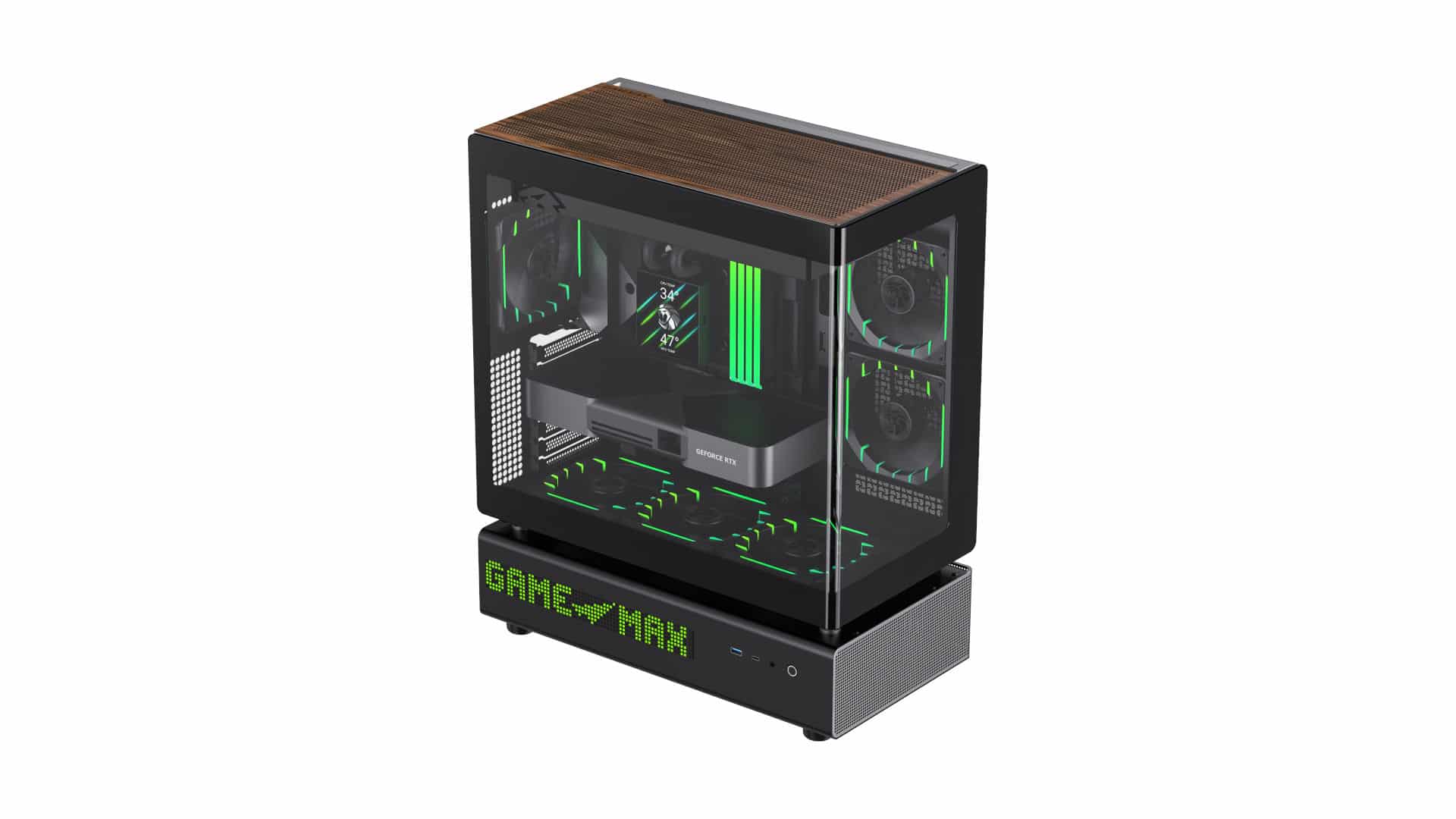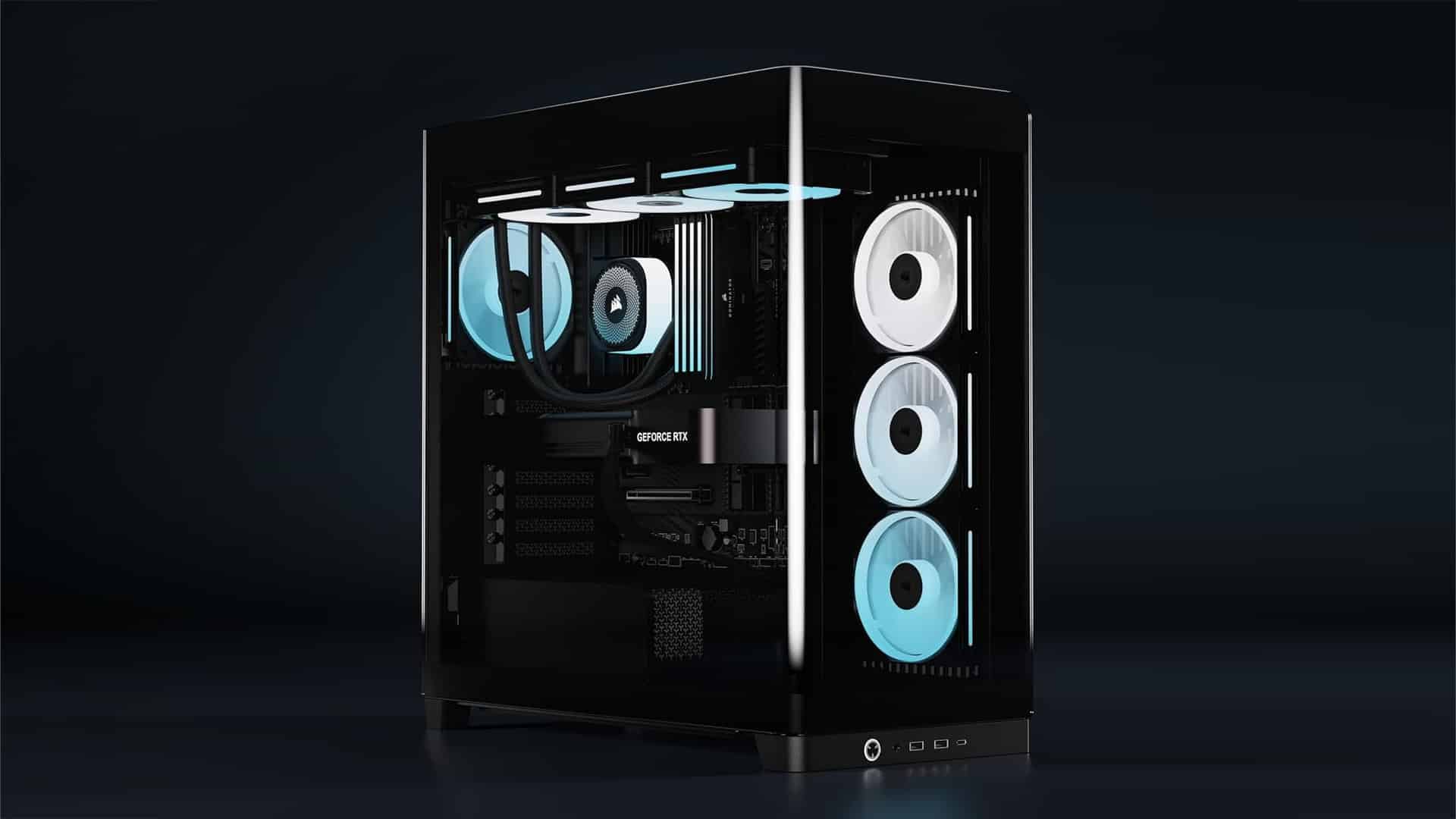Epilogue
The Zillion Direct knows precisely what it is: a function-first chassis built for airflow and usability, not a glass box meant for showroom lighting displays. It prioritizes cooling, modularity, and user-friendly design. From the seamless building experience and spacious interior to the well-executed airflow deflector and removable panels, the Zillion Direct feels thoughtfully created for real-world use.
One of its standout features is the integrated airflow ramp above the PSU shroud. This element can be adjusted and paired with a blocking plate to channel air directly toward the CPU and GPU. This clever addition offers genuine thermal benefits for performance-oriented setups. The toolless side panels and magnetic front mesh simplify maintenance, which is especially helpful in dust-prone environments. The removable radiator bracket, something not to be taken for granted, is another appreciated touch. Super Flower also includes a well-organized accessory kit, four pre-installed ARGB fans, generous support for additional cooling hardware, and a robust GPU anti-sag mechanism. The top-mounted I/O panel is cleanly integrated and features a mirrored layout for symmetry, showing attention to both form and function.
There are a few shortcomings. The case doesn’t support emerging BTF motherboard standards, which may limit future upgrade paths. The steel cable management cover behind the motherboard tray is stiff and difficult to reinstall with thick power supply (PSU) cables, so some users may prefer to leave it off. Additionally, although the included fan controller is functional, it lacks a magnetic feature, which makes it less convenient during installation. Lastly, the decision to include zip ties instead of reusable Velcro straps feels like a misstep.
At $149, the Zillion Direct enters a fiercely competitive mid-tower ATX market packed with airflow-optimized options. It distinguishes itself with its complete mesh steel construction and clever internal features, such as the airflow ramp and modular cable management solutions. It competes against strong contenders like the Fractal Design North (with its mesh panel), the ever-popular Corsair 4000D Airflow, and the well-equipped yet more affordable Phanteks XT Pro Ultra. If you’re in the market for a chassis that puts airflow, accessibility, and innovative design ahead of flashy extras, the Zillion Direct could be your choice.
- Four ARGB fans included
- Fan controller included
- Wide motherboard support
- Magnetic front dust filter
- Fused front panel connectors
- Removable fan/radiator mounts
- Excellent airflow design, including an air deflector
- Toolless panels
- Robust GPU anti-sag mechanism
- Good component compatibility
- Cable cover panel fits tightly
- The front SF Logo may be too prominent for some
- No BTF support
- Bottom dust filter not accessible from the front
- Noise dampening needs improvement in the 5-9kHz range



This is actually a cool case. The mesh side panel is a good compromise on displaying your parts and airflow. Too bad Superflower does not have a wide presence in my country and as such their cases and power supplies are rarely available.
Since the start of this year, you have been focusing primarily on the sound characteristics of PC cases. Although, this case is the worst in the noise damping and even “outperform” XPG Invader X Mini :o, has no mention about this finding in the negatives. This result looks like the case is a high frequency amplifier (from 5 to 9 kHz) …so someone who has a problem with coil whine should avoid it. Don’t you think? 😉
…
note: Links to chapters 3 and 4 are mixed up 😉
thank you! We will check them.
Thank you for taking the time to read our review! We’ve taken your feedback into account and have updated the article to include a note about the case’s noise-damping performance.
While perforated side panels generally offer inferior noise damping compared to glass panels, it’s also worth highlighting the surprisingly good acoustic performance of the stock fans, something we don’t see very often.
👍
–“…While perforated side panels generally offer inferior noise damping compared to glass panels…”
Yes, I know 😉 … though, the benefit of a mesh side panel for temperatures and airflow pattern can be negligible to undetectable 😉
Maybe, even counterproductive in high-pressure scenarios…what can’t be said about the sound 🙂
https://youtu.be/aQHKCjuYTVQ?t=1083
https://youtu.be/Aor-3v6N7i8?t=1190
…not even talking about dust maintenance 😀